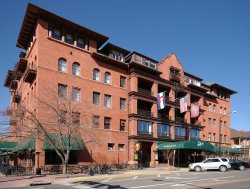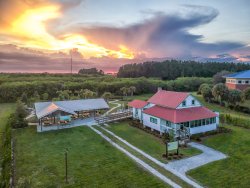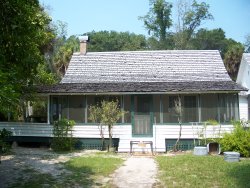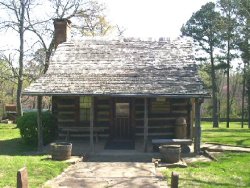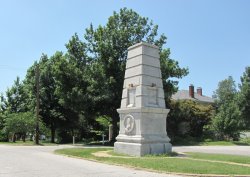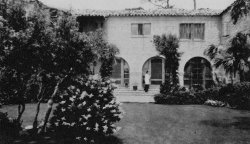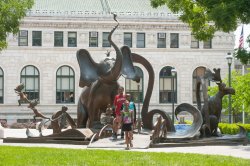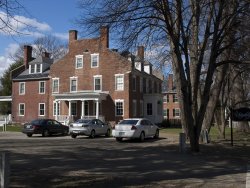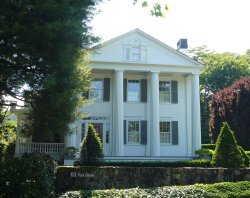F. Scott Fitzgerald’s Bolton Hill Home
The building at 1307 Park Avenue, in Baltimore’s Bolton Hill neighborhood, is the last place where F. Scott Fitzgerald and his wife Zelda lived together. During his stay in the apartment Fitzgerald wrote his last complete novel, Tender Is the Night. The building remains a private residence and is marked with a blue plaque in Fitzgerald’s honor.







